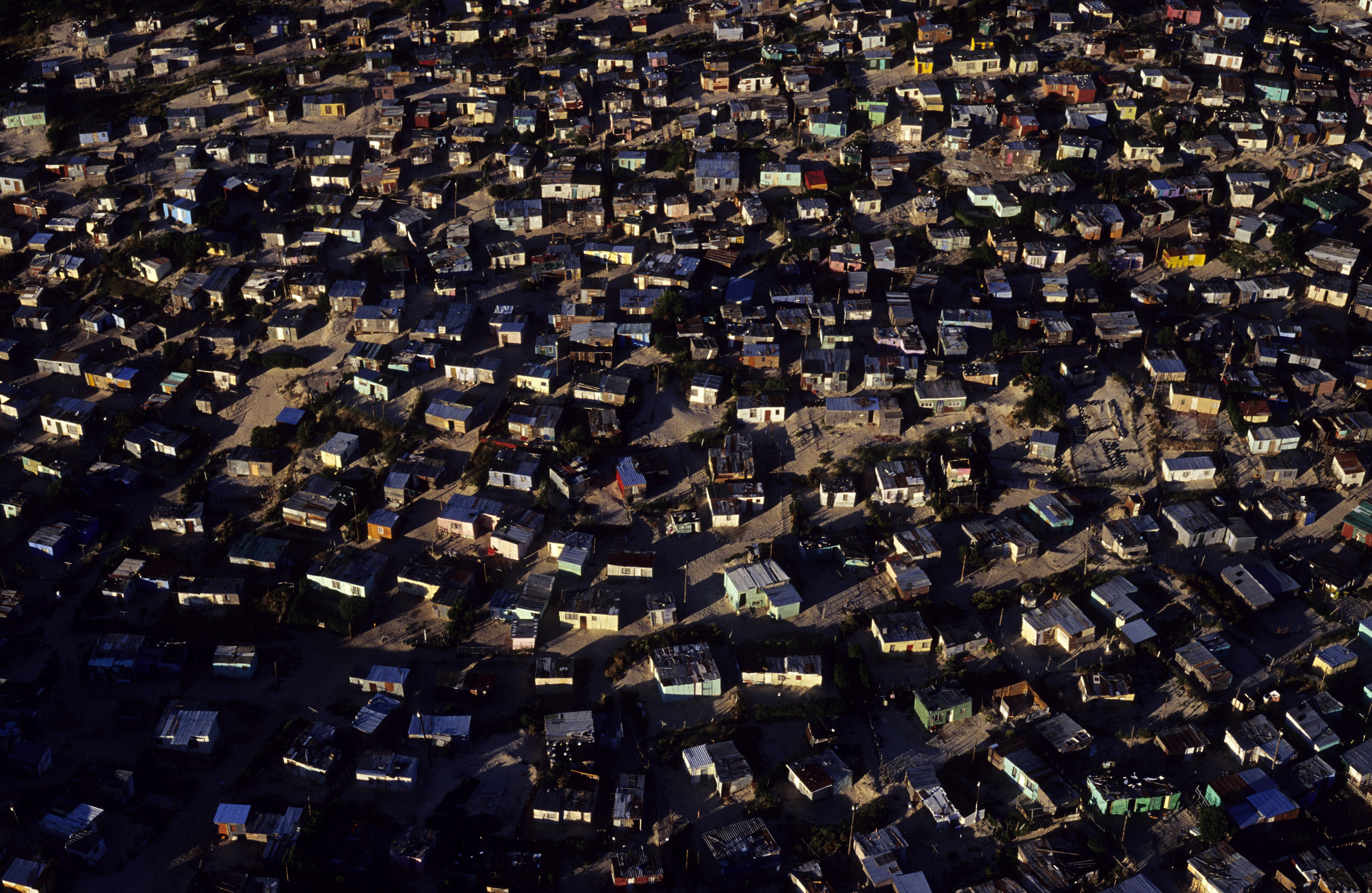In the past 150 years, the world’s population has rocketed from 1.2 billion to 7.9 billion.
As we welcome the 8 billionth member of our human family, we must think ahead.
By 2050, the world’s population will be approaching 10 billion.
Action – or inaction – by the G20 will determine whether everyone can live sustainably & peacefully on a healthy planet.
— António Guterres (@antonioguterres) November 15, 2022
This milestone raises concern about our planet’s ability to support a population of this magnitude, especially when considering that the past 150 years have seen rapid environmental degradation along with industrial expansion, anthropogenic climate change and massive consumption.
 (Source: Inclusive Society Institute and Global Challenges Foundation)
(Source: Inclusive Society Institute and Global Challenges Foundation)
The 2021 Biodiversity and Climate Change report – co-sponsored by the Intergovernmental Science-Policy Platform on Biodiversity and Ecosystem Services and the Intergovernmental Panel on Climate Change – warned that “a sustainable society requires both a stabilised climate and healthy ecosystems.
“However, 77% of land (excluding Antarctica) and 87% of the area of the ocean have been modified by the direct effects of human activities. These changes are associated with the loss of 83% of wild mammal biomass, and half that of plants.”
A study released this month, commissioned by Swedish NPO Global Challenges Foundation and South Africa’s Inclusive Society Institute (ISI), sought to come up with an answer to what they thought would be a sustainable population size on earth over the 21st century.
A Daily Maverick commenter pointed out that climate change activists tend to avoid mentioning that the primary cause of pollution and global warming is overpopulation.
While this seems to make sense – the more people there are, the more carbon emissions are generated, the more resources are required – researchers have found this to be a fallacy.
For example, the Global Footprint Network’s 2021 National Footprint and Biocapacity Accounts highlighted how the richest 7% of people in the world were responsible for half of the greenhouse gas emissions that drove climate change in 2020.
Visit Daily Maverick's home page for more news, analysis and investigations
The ISI study found: “While ecological degradation presents a risk to humanity, this risk is not being driven by population growth directly. Instead, the manner in which resources are extracted, used and disposed of is more influential.”
The study looks at the impact of high extraction, consumption and waste populations by modelling three scenarios influenced by the political economy.
While existing fertility trends predict that the human population is likely to top out at 11.2 billion by 2100, the study found that the earth has a carrying capacity of 5.76 billion people – and just over 18 billion by the year 2100.
The wide range is because it was modelled under four different scenarios.
There are three scenarios and one baseline scenario, where political influence does not disrupt the current trend of environmental impacts.
In the first scenario, dependence on natural resources continues, but so does greenhouse gas emissions and waste per unit of productivity, without technology transferring to low-income countries or innovation in food production. This results in a negative feedback from pollution and ecosystem services and no returns from extracting from the natural environment. The carrying capacity is 5.77 billion by 2100.
In the second scenario, our resources are efficiently utilised, but our governance and leadership is problematic. The carrying capacity peaks at 12.25 billion by 2075.
In the third scenario, there is a high level of technology innovation and cities are well governed and able to manage pollution. Greenhouse gas emissions have declined and there are fewer impacts of climate change on food production. The carrying capacity is 18.04 billion.
The study also sought to answer what policies influence population growth rates and size, but found that consumption and political and economic models have a bigger influence on carrying capacity than population.
Economist Anton Cartwright, lead researcher for the ISI study, said in a Daily Maverick op-ed on the study, “Consumption within affluent economies is much more damaging to carrying capacity than population growth on its own.”
Read more in Daily Maverick: “Earth’s sustainable population capacity is bigger than…”
While the study challenged the popular belief that the sustainability crisis is not due to a rapidly growing population – by showcasing the influence of high extraction, consumption and waste populations – and that, on average, the earth’s 2010 population is within the earth’s carrying capacity, this is not the case for sub-Saharan Africa, the Middle East, North Africa or South Asia.
This is not due to people causing ecological degradation, but because these regions do not have the same technology and investment capital as the rest of the world, to produce food at levels that would support existing populations.
While technology and investment policies play an important role in the earth’s carrying capacity, the study emphasises that indigenous people’s practices do so as well.
Research found that while these communities’ levels of consumption and income are below average (compared with North America and Europe), they tend to have a higher level of wellbeing and their relationship with nature provides insights into sustainable economic models.
Last December, 196 countries – including South Africa – adopted the Kunming-Montreal Global Biodiversity Framework at the UN Biodiversity Conference (COP15), which included considering indigenous communities’ customary practices when finding sustainable models.
The research suggests that efforts to find sustainable models to support global population should focus on changing consumption and extraction patterns of affluent populations – the minority who “pose the biggest threat to the environmental stability on which all humanity depends”. DM/OBP
https://www.youtube.com/watch?v=REeWvTRUpMk




 (Source: Inclusive Society Institute and Global Challenges Foundation)
(Source: Inclusive Society Institute and Global Challenges Foundation) 